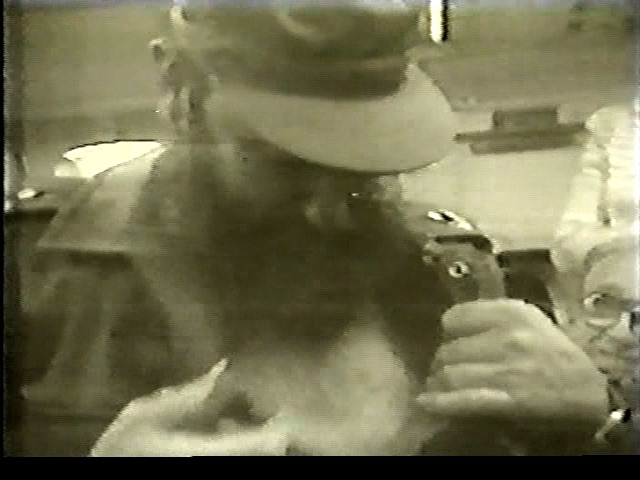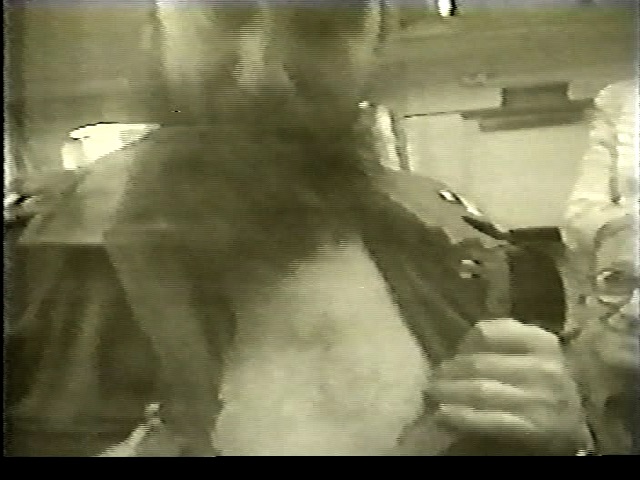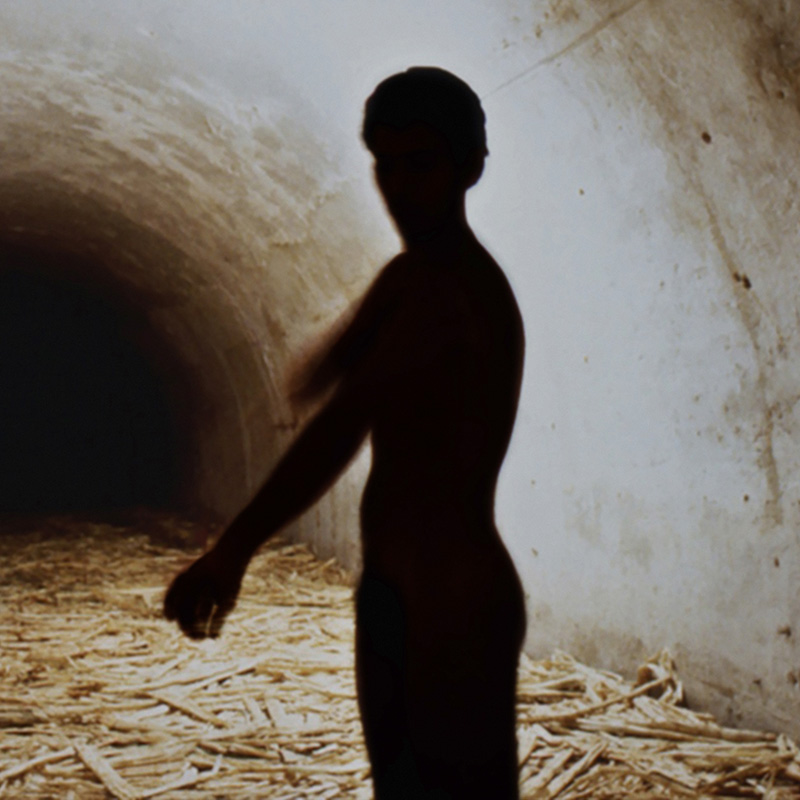PERFORMANCE:Tania Bruguera-Untitled (Havana 2000)
 Tania Bruguera researches ways in which art can be applied to everyday political life, focusing on the transformation of social affect into political effectiveness. By creating proposals and aesthetic models for others to use and adapt, she defines herself as an initiator rather than an author, and often collaborates with multiple institutions as well as many individuals so that the full realization of her artwork occurs when others adopt and perpetuate it.
Tania Bruguera researches ways in which art can be applied to everyday political life, focusing on the transformation of social affect into political effectiveness. By creating proposals and aesthetic models for others to use and adapt, she defines herself as an initiator rather than an author, and often collaborates with multiple institutions as well as many individuals so that the full realization of her artwork occurs when others adopt and perpetuate it.
By Dimitris Lempesis
Photo: MoMA Archive
The major Performance-Installation “Untitled (Havana, 2000)” by Tania Bruguera is on presentation at the Museum of Modern Art presents for the first time since it was acquired in 2015. While Bruguera’s most recent work often uses the strategies of social movements and education platforms to address topical matters, “Untitled (Havana, 2000)” is a crucial work at the turn of the millennium that symbolizes an important shift in Bruguera’s oeuvre, as she moved from working primarily with her own body to considering active audience engagement. Bruguera refers to her work from this period as Arte de Conducta or “Behavior art”, a practice aimed at “not representing the political but provoking the political”. Through constructed situations, she addresses collective memory and the social body as a performative body. Initially conceived for the 7th Havana Biennial (17-11-00-6/1/01), the work was first presented in the Fortaleza de San Carlos de la Cabaña, also known as La Cabaña, a military bunker used as a jail for prisoners of conscience during the Cuban Revolution. The Fortress was used from colonial times through the early years of the Revolution as a site where the counter-revolutionary opposition was submitted to torture and execution by firing squad. The original title was “Untitled 2000”, from the series “Engineer of Souls”. It was partially intended as an homage to Cuban exile artist Felix Gonzalez-Torres, who customarily entitled his works “Untitled” in order to highlight the viewer’s role in the completion/construction of meaning. “Untitled (Havana 2000)” consists of a large-scale video installation and performance. Inside a darkened tunnel, mashed sugarcane is piled up to several inches on the floor. At the end of the long space, there is a shimmering light that originates from a small TV monitor hanging from the ceiling, that displays a B/W video of Fidel Castro. In it, the charismatic leader appears in different settings, both public and private, delivering speeches before thousands of followers, swimming at the beach, and opening up the shirt of his military uniform to show that he is not wearing a bulletproof vest (an image that recurs every other minute). As the viewer turns back to the entrance of the room, she/he realizes that four barefoot, naked men are standing on the mash, quietly rubbing their hands, like Lady Macbeth washing the blood from her hands in William Shakespeare’s classic play. Bruguera included the naked men as a way to remind viewers of the inhabitants of an island lacking basic freedoms, but also to bring back to life the ghosts of the place in question. For the 2000 Havana Biennial, Bruguera sent several proposals addressing the issue of mis/communication with and of power. Organizers turned them down, alleging “problems of aesthetic quality”, a typical charge of the cultural officials employed to silence critical works in Cuba. Further, they assured Bruguera that there was no sugarcane mash. Thus, Bruguera decided to travel to Havana and to work in situ in her designated vault at the Cabaña Fortress. She arranged for the delivery of two truckloads of sugarcane mash. The video showing Fidel Castro was not seen until opening day. Cuban artists have rarely shown images of Castro, except for laudatory ones, for fear of censorship. Bruguera incorporated images taken from various sources. In Bruguera’s edited video the performativity of power through mass media is in full display in the leitmotif of Castro’s opening up of his shirt. The contrast of this show of mortality and bravura with actual naked men gesturing, bowing to the image on the TV monitor, cleaning their bodies, and standing on a sea of mash in putrefaction was explosive. Dozens lined up to enter Bruguera’s work. Only four to five viewers were allowed inside the darkened vault at one time, hence there was a long line to get in. Soon word spread of a strong work featuring Castro in a room with naked men. The organizers’ reaction was aggressive but sloppy. They shut down power to sabotage Bruguera’s work without realizing that this move would affect an entire section of the Cabaña Fortress, prompting several participating artists to protest. Also they removed the video and banned Bruguera from resuming the performance the following day. For the remainder of the Biennial, viewers saw only the sugarcane mash installation, and learned of the video and performance through oral accounts.
Info: Curator: Stuart Comer, Assistant Curator: Martha Joseph, Performance Producer: Lizzie Gorfaine, Assistant Performance Coordinator: Kate Scherer, MoMA, 11 West 53rd Street, New York, Duration: 3/2-11/3/18, Days & Hours: Tue-Thu & Sat-Sun 10:30-17:30, Fri 10:30-20:00, www.moma.org



